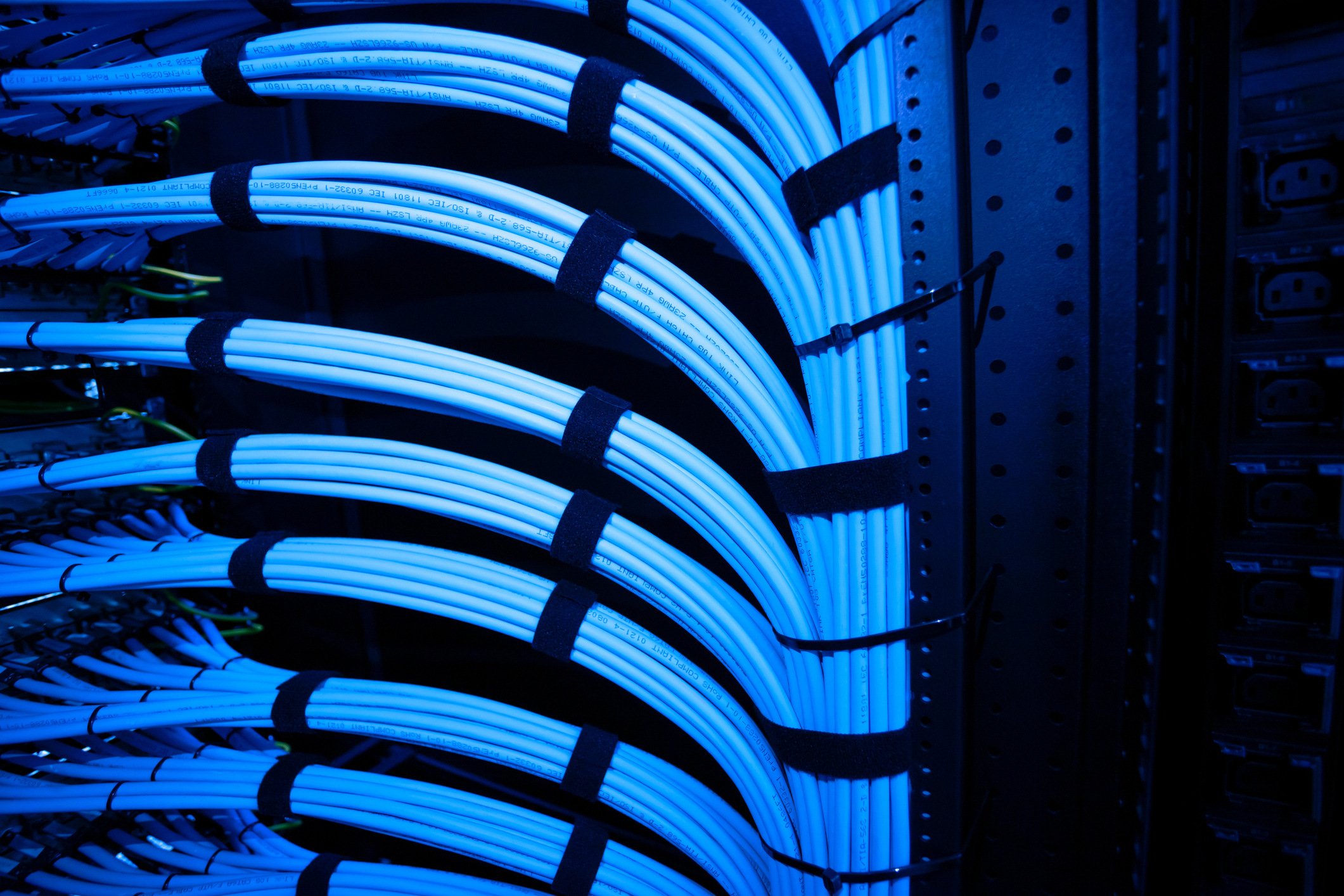When one bad patch cord can knock out a whole floor, “good enough” wiring quickly becomes “good luck.” Gartner estimates the average cost of network downtime at $5,600 per minute. The fix? Follow proven structured cabling standards. In this plain-English guide, Camali Corp’s BICSI-certified engineers break down the core rules, the ROI, and a step-by-step checklist to keep your network future-proof well into 2030.
Why Cabling Standards Matter
Downtime, slow Wi-Fi, and mysterious disconnects usually trace back to cabling faults. A 2024 BICSI survey found 70% of outages originate at the physical layer. Standards such as ANSI/TIA-568 spell out maximum cable lengths, bend radius, and required field tests so your network performs as designed. Skipping them might save money on install day. But it can triple your maintenance costs within five years.
“Standards translate to predictability. Predictability translates to uptime.” — Luis Navarro, RCDD, Senior Project Manager, Camali Corp
The Core Standards You Must Know
ANSI/TIA-568 Series
First published in 1991 and now on revision 568.3-D, this is the backbone of North American structured cabling. It defines:
- Cable categories (Cat 5e through Cat 8)
- Connector pin-outs (T568A/B)
- Link & channel length limits (90 m permanent link + 10 m patch cords)
- Permanent-link field-testing parameters
ANSI/TIA-606-C Labeling
This companion standard requires uniform color codes and labeling so any technician can trace a circuit in minutes, not hours.
ANSI/TIA-942-B for Data Centers
Extends TIA-568 for high-density environments: hot/cold aisle layouts, redundant fiber pathways, and tiered uptime classifications.
ISO/IEC 11801 Global Spec
The global standard used in Europe and many multinationals lean on this spec. Its Class Ea, F, and Fa map roughly to Cat 6a, 7, and 7a in the U.S.
Category Performance Classes (Quick Lookup)
| Category | Bandwidth | Max Speed | Typical Use |
| Cat 5e | 100 MHz | 1 Gb | Legacy offices |
| Cat 6 | 250 MHz | 1 Gb (10 Gb ≤55 m) | New builds |
| Cat 6a | 500 MHz | 10 Gb | Wi-Fi 7 backhaul |
| Cat 8 | 2,000 MHz | 25/40 Gb (≤30 m) | Switch-to-switch in DC |
Remember: a permanent link can be 90 m, plus up to 10 m of patch cords (100 m total).
2025 Compliance Requirements at a Glance
- ≤ 90-meter permanent link (≤ 100 m total channel)
- 50 mm (2 in) minimum separation from power cabling
- Bend radius ≥ 4× cable outer diameter for copper (10× for fiber)
- Labels at both ends per TIA-606-C (rack and port IDs)
- Certify every link with a Level VI tester and keep results for 15 years
6-Step Checklist to Meet Standards (Do This)
- Design Review — Match floor plans to pathways and spaces (TIA-569). Plan for future growth.
- Component Selection — Choose third-party-verified Cat 6a or better. Check ETL/UL marks.
- Installation Best Practices — Maintain bend radius, don’t over tighten zip-ties, and ground shielded systems.
- Certification Testing — Use a Level VI tester (e.g., Fluke DSX-8000 or equivalent) and save the report (NEXT, PSNEXT, ACR-F, TCL).
- Documentation & Labeling — Print heat-shrink labels with machine-readable IDs; upload results to a cloud database.
- Move-Add-Change Governance — Train facilities staff; every move/add/change (MAC) triggers a re-test and updated docs.
ROI: Downtime Avoided & Future-Proofing Costs
Upgrading to Cat 6a on a 500-drop renovation adds around 9% to material cost but saves nearly 40% on re-cabling when Wi-Fi 7 demands 10 Gb uplinks. Camali clients report average pay-back in 14 months. In one Philadelphia hospital, migrating to full TIA-568.3-D compliance cut troubleshooting time 62% year-over-year.
(For broader uptime planning, see our post Top 7 Facility Downtime Causes & How to Prevent Them.)
Common Mistakes and How to Avoid Them
- Bargain patch cords — Cheap cords often fail alien-crosstalk tests. Buy ETL-verified cords.
- Daisy-chained consolidation — Violates the one-link definition in TIA-568.
- Skipping re-cert after desk moves — Hidden faults add up. Re-test after every MAC.
- Inkjet labels — They fade in months. Use thermal printers or heat-shrink labels.
Tools & Tests You Need (Short)
- Level VI (Cat 6a) certifier (e.g., Fluke DSX-8000)
- Infrared camera for hot network panels
- Cable management hardware and thermal labels
Why Partner with Camali Corp
Camali Corp is a BICSI Installer 2 organization with 2 million+ feet of tested cabling installed since 2009. Our turnkey services cover design, install, certification, and documentation.
- Structured Cabling
- Data Center Cabling
Ready to bullet-proof your network? Reach out to us today.
Key Takeaways
- Standards aren’t red tape, they’re your cheapest insurance against downtime.
- Focus on TIA-568, TIA-606, and ISO/IEC 11801 for 2025 compliance.
- Follow the 6-step checklist and re-test after every change.
- Partner with certified pros to stay future-proof.
FAQ
What is ANSI/TIA-568?
ANSI/TIA-568 is the primary North American standard outlining performance and installation rules for structured copper and fiber cabling up to Cat 8.
How long can a Cat 6a channel run be?
90 m permanent link plus up to 10 m of patch cords, 100 m total.
Why is TIA-606-C labeling important?
Standardized labels let technicians trace connections in minutes, reducing mean-time-to-repair and preventing accidental disconnects.



